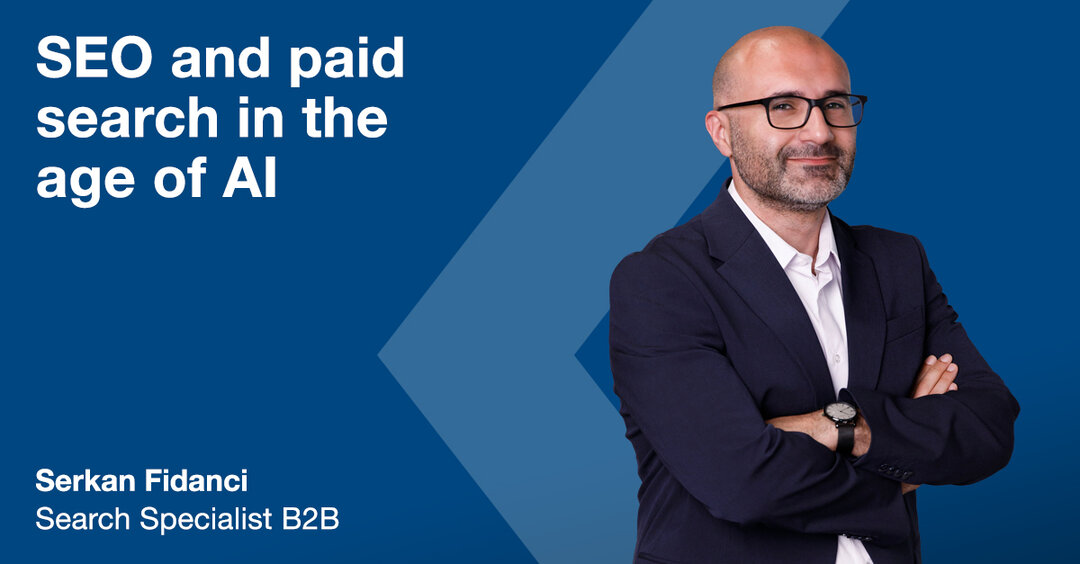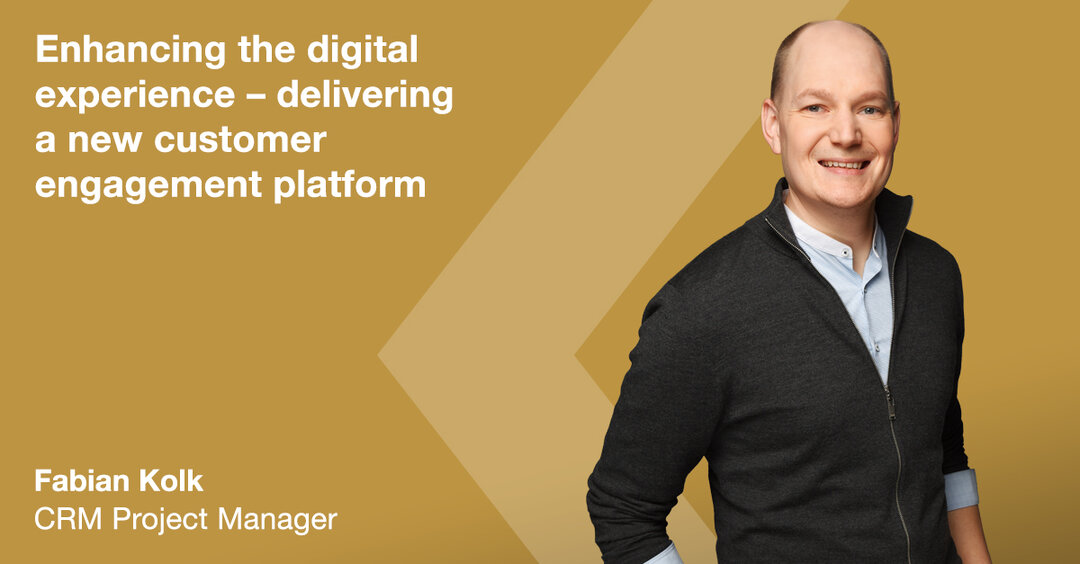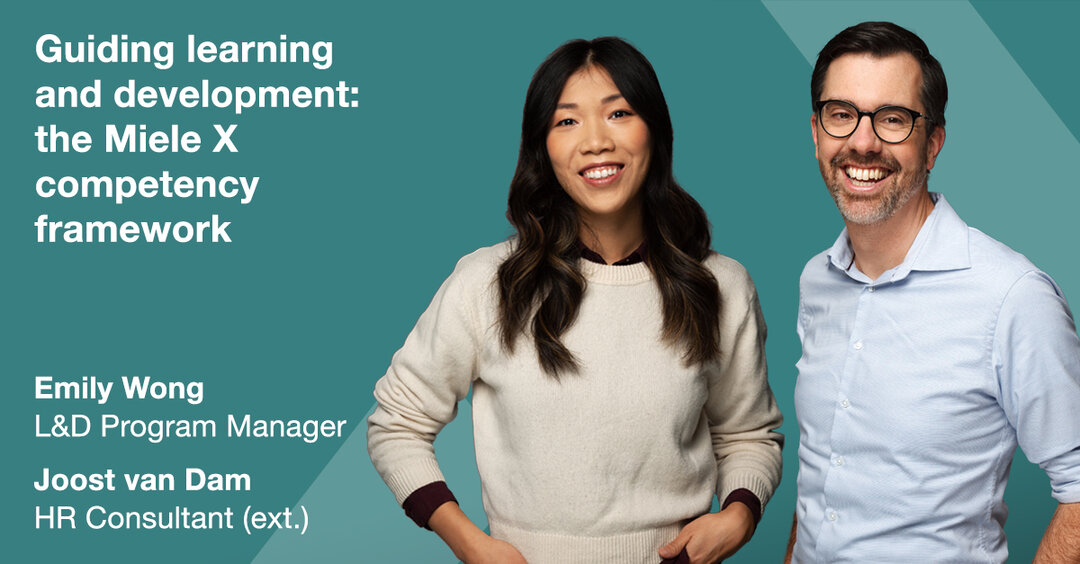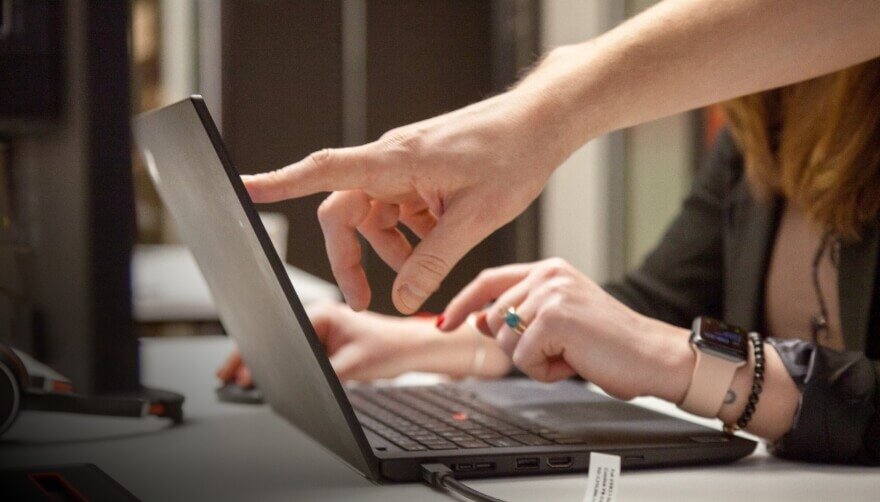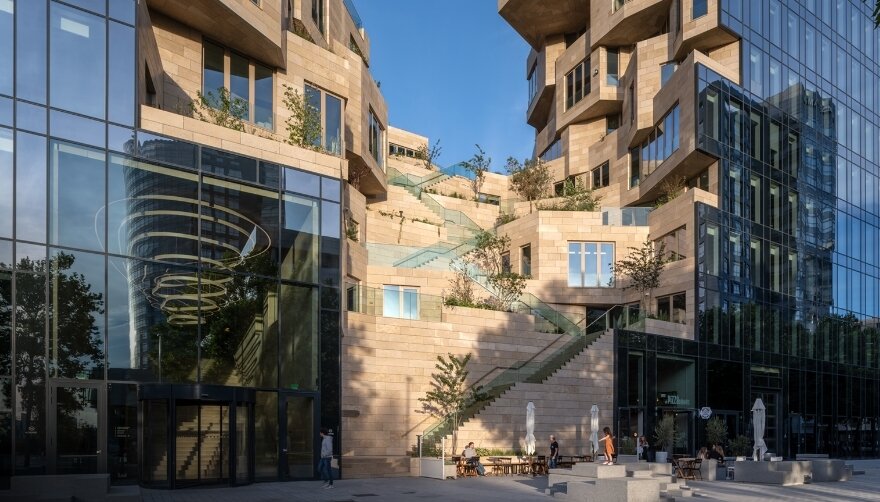Tanja Antonijevic, Miele X's HR Director, recently gave a talk on diversity and inclusion at the European Women in Tech conference. Speaking to a large audience, including many Miele X colleagues who were supporting her, she outlined why she's so passionate about diversity and inclusion. And, in a light, witty presentation that kept her audience engaged and entertained, she outlined the ten steps she's introduced to ensure that better tech means better diversity and inclusion. We caught up with Tanja to find out more about her approach.

After more than 20 years in HR roles across a number of different industries, Tanja joined Miele X shortly after it was launched. So, she's been responsible for setting up the HR landscape for the whole business. She says it's her family background that first got her interested in different cultures. "Both my parents come from the Balkans, and I was raised in Amsterdam," she explains. "So, very early on, I noticed that being bilingual and bi-cultural gave me a lot of empathy for different people, views, and opinions."
She says that travelling and working in international environments strengthened her belief that if you involve people with different cultural backgrounds, you get better solutions. And she adds: "Research over the last 30 years makes it pretty clear that inclusive cultures have healthier and happier workers. So, this became a thread throughout my career."
Making technology inclusive
It was when she had the opportunity to kick-start Miele X that everything clicked for her. "It's no secret we need tech to make our lives better, but we definitely need humans to make our tech better," she points out. "And having a mix of ethnicities, generations, genders and neurodiversity in your team helps to avoid groupthink. So, to create better tech, I felt we needed better diversity and inclusion."
She explains that to create real change, you need to go further than introducing training and making presentations. "It starts from the core," she declares. "Don't Dream It, Be It - that's what I firmly believe. So, you need to make diversity and inclusion part of your company's DNA." And she goes on to outline the 10 steps she described in her conference talk.
1. Diversity is viral
"One of the most impactful things we did at Miele X was to hire a varied team of recruiters," Tanja explains. "We had recruiters from Belarus, Canada, The Netherlands, Ukraine, Brazil, and Indonesia." She believes this genuinely created diversity and helped the business to attract and recruit different people, because candidates feel more understood and supported through the process.
2. Turn your talent puddle into a talent pool
Tanja believes organisations often select candidates who are similar to them, which is restricting their choices. "It might be a hassle to branch out, but it leads to a wider selection of talent," she says. "Opening up to people that might be a little different makes it easier to attract a varied group of candidates." And this, she adds, helps to turn your talent puddle into a real talent pool.
3. Inclusion is contagious
Tanja's own experiences showed her how being exposed to a diverse palette of views, lifestyles and opinions creates an engaging, inclusive, and empathetic organisation. So, at Miele X, the HR team frequently organises diversity and inclusion events. And in our Community Space there are many rooms representing various parts of the world exposing teams to different cultures. This all breeds an atmosphere of openness, understanding and inclusion.
4. Bond over what connects
It's tempting to focus on differences when you talk about diversity and inclusion. But Tanja believes the key is finding commonalities. "Food really connects people," she explains. "And our large communal kitchen, equipped with the latest Miele products, is the beating heart of our Community Space, where colleagues meet up for meals, events and celebrations." She says this leads to other social activities too, with different groups playing sport or visiting restaurants together.
5. You can't be inclusive in a cubicle
Being able to design a workspace from scratch was a big step for Miele X. "We call it a Community Space," Tanja explains. "We designed it together, having our colleagues bring in ideas. And we built it in a range of agile sprints, always asking for feedback to make sure we catered to diverse needs." The result was a space with a maternity room, a prayer room, gender-neutral toilets, sleeping pods, and a green room full of plants. You can even do your laundry. "We wanted to create somewhere people really wanted to be, rather than where they had to be," she explains.
6. Celebrate diversity
Tanja says you can't just acknowledge diversity - you need to celebrate it. That's why Miele X runs a calendar that marks a wide variety of events dedicated to diversity and inclusion, recognising everything from Pride and World Mental Health Day, to religious holidays like Easter and Ramadan. So, what are her personal favourites? "There are so many to choose from, but I really love International Day for the Elimination of Violence against Women, where we organized self-defence classes to empower our female colleagues, Chinese Lunar New Year, and, of course International Woman’s Day!"
7. Wellbeing at the core
"Wellbeing and psychological safety are often overlooked. I'm a firm believer that being diverse and inclusive is only possible when people feel good, supported, and safe," Tanja declares. At Miele X, she says creating this kind of environment meant respecting and understanding people's personal situations - particularly for those relocating to a new country. "That's why we offer a wide range of support. From helping them in the moving process, arranging taxes and bank accounts. To offering free psychological sessions in different languages, as well as organizing different events to support their physical wellbeing," she explains. "It all helps to make our employees feel welcome."
8. Details are not just details
Tanja firmly believes that when it comes to diversity and inclusion, every detail matters. At Miele X, this translates to gender-neutral communications, a website that represents all our people, and an easy-to-digest employee manual. "It even comes down to including sharing plates and chopsticks in our kitchen," she explains. "Because what might seem like a small detail to me, will be massive to someone else."
9. Inclusive leadership matters
Without support from the very top, Tanja says even the best employee engagement programmes will fail. "Support from the leaders is crucial. Leaders need to lead by example in every area, bringing transparency and openness into their decision making and offering fair processes and an equal support to everyone".
For Tanja, it's about treating people how you want to be treated: "At Miele X we put a lot of effort in facilitating open dialogue and promoting a sense of belonging and trust amongst our employees. This includes a clear set of OKRs and a strong emphasis on culture. For example, our Managing Director Simon regularly plans lunch meetings with colleagues from different departments, and we have set-up policies that clearly communicate our stance on diversity and inclusion".
10. Above all, have fun
Finally, Tanja emphasises the important role that fun and humour can play. "They take off the rough edges and definitely bond people by creating an open culture," she says. "If you need to reach out, seek someone else's opinion, or ask 'stupid' questions when you don’t understand something, having that kind of friendly rapport makes it easier."
Being diverse and inclusive
Tanja ended her conference talk by challenging her audience to do something positive in the next 48 hours to make their organisation more diverse and inclusive. And she linked this to the Miele philosophy of 'Immer besser' - that there's always something to learn and improve. Then she invited them all to join her on the dancefloor at the conference after-party!
It's obvious from talking to Tanja that she's passionate about diversity and inclusion and she says the audience seemed to share this passion. "I think it gave many of them food for thought. There were lots of questions at the end - and I received more questions through the conference app afterwards, too." Although, she doesn't comment on whether anyone asked her a question on the dancefloor!
Blog posts
Miele's path to digital growth
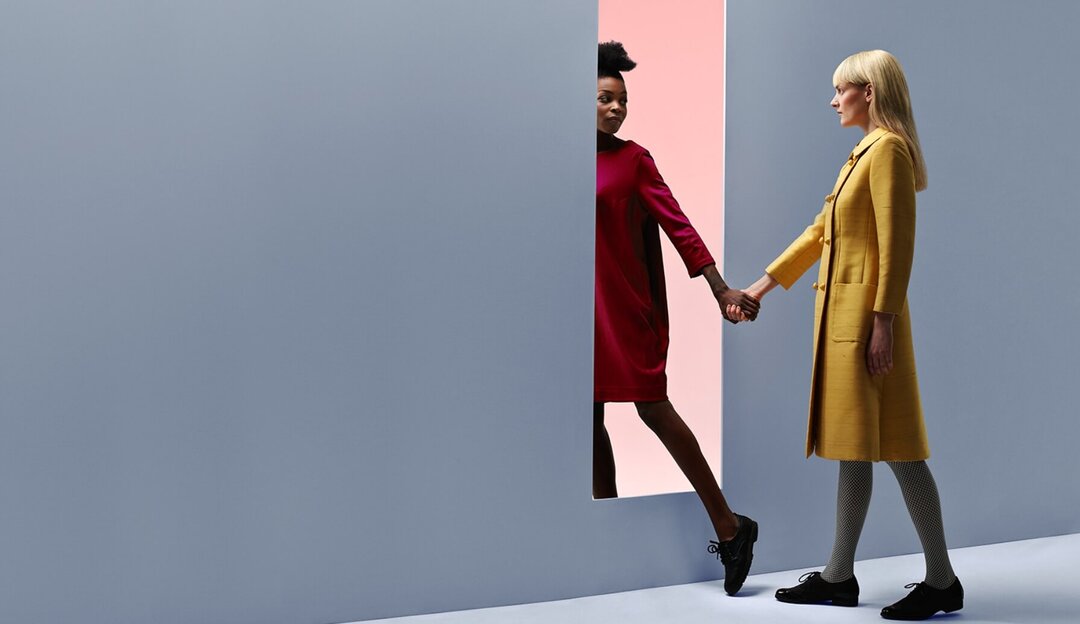
Search jobs
Help to shape the digital future of one of the world’s best-loved brands.


